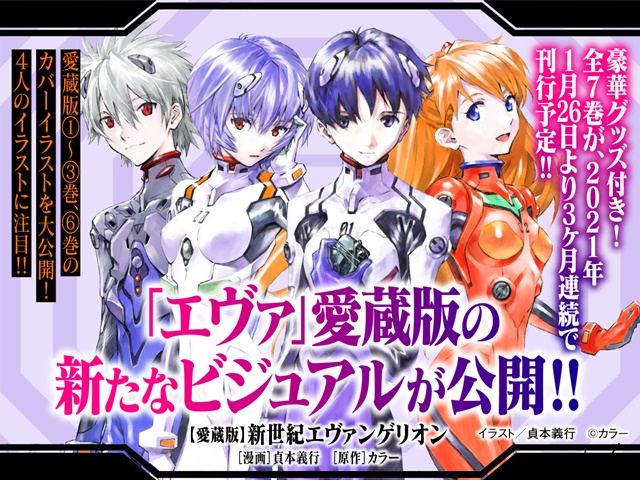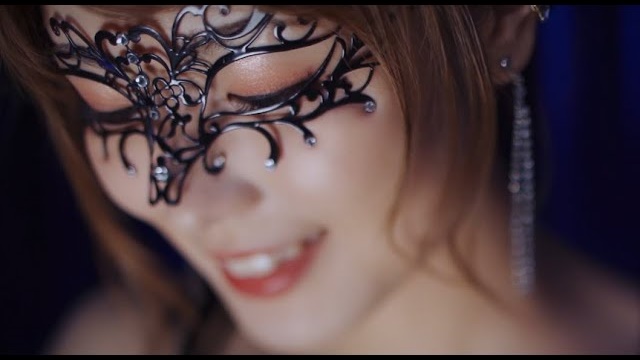#Blue Period Lost in Adaptation

“#Blue Period Lost in Adaptation”
Season aired: Fall 2021
Number of episodes: 12
Genres: Drama, Slice of Life
Thoughts: Blue Period was one of the most anticipated anime adaptations due to the prestige of the manga, which won several manga awards and earned even more nominations. Manga readers praised the story for its focus on art, the struggles of pursuing a creative major, and its inclusion of colorful characters. As someone who’s not only trying to pursue her own creative career but who also holds many successful anime adaptations dear to her heart, Blue Period was on top of my list.
The anime follows Yatora, a high school boy who spends his entire life following a well-planned path. He makes friends with a group of delinquent boys, but he spends every second outside of his social obligations to study and to work towards a better future, namely to attend a good college and find a stable income. Coming from a family that struggles financially, Yatora puts a lot of pressure on himself to become financially independent and ensures he stays out of trouble in school just enough to not worry his hardworking mother. However, his life takes an abrupt turn after a visit to his school’s art club room where he falls head over heels in love with a painting – inspiring his vision for art and taking a risk to pursue a creative endeavor.

I started watching Blue Period with little doubt that the anime would succeed, but unfortunately, my expectations were not met. There is definitely a powerful story in Blue Period, but the anime does not successfully draw it out through its medium. This becomes apparent starting in the second episode where the opening sequence is more creative than any technical aspects of the anime itself. In the opening sequence, the audience is privy to smooth transitions between various artistic styles: penciled realistic drawings, watercolor, manga panels, and the more common anime art. This should’ve been used for the actual anime itself – especially since the story is literally about improving art and exploring different styles. However, not only does the anime fail to utilize any unique art and animation style, but even the normal style throughout the series is inconsistent. Character faces fall flat, the background is uninspiring, and the animation is awkward.
The underperforming technical aspects are just a forewarning to the actual issue of the adaptation. The story in the anime feels stunted and hidden beneath the surface. Aside from Yatora, none of the other characters in the anime feel fleshed out or ultimately as important. Yuka, one of the most interesting characters, disappears for episodes at a time with only two episodes at the end dedicated to their character and their issues. I can’t even properly name Yatora’s school friends or his art club-mates. His art prep school classmates are more memorable due to their character designs and eccentricities, but I have no actual understanding of their art style or why they want to pursue art.
However, certain scenes with important dialogue clue me in that the original source material has a greater emphasis to flesh out these classmates. One important scene involves Yatora and Kuwana, where the two discuss the importance of maintaining health in a major that romanticizes the downfall of an artist’s mental and physical health. Kuwana talks the most in the conversation, and it’s a topic that she has clearly thought about for a long time, as her own friends have neglected their health in pursuing art. One of them lands in the hospital due to malnutrition and dehydration, but the anime only tells that fact through Kuwana. The audience never sees the character onscreen or even knows the character’s name, so it becomes nothing more than a passing discussion rather than an actual look at the dangers.

This is the only time we ever see that concern reflected in her character. All the other times we see her, Kuwana is just spunky, friendly, and talented. She doesn’t speak about the friend prior, nor has she ever shown depths of feeling concerned about one’s physical and mental health until that scene. This is consistent with many of the other supporting characters in the anime. They have conversations regarding genuine issues creatives struggle through at the risk of their own mental health, yet they never show the depth for that conversation in prior appearances. Yuka is the only one whose mental health conversation directly ties to their character, but as mentioned prior, they also tend to disappear from the storyline episodes at a time.
This leads to another critical issue – the dissonance between the voice acting, dialogue, and the animation on screen. The entire cast of Blue Period embodies the characters and uses every acting chop available. Hiromu Mineta, the voice behind Yatora, is a relatively new seiyuu with a small list of prior voice roles, and he excels in all of the scenes. Whether Yatora is sad, bored, troubled, or full on crying, he breathes life to the character. Unfortunately, his character expressions and actions don’t follow suit, and this becomes a constant issue as the anime continues. It leaves me feeling confused because of how emotional the character sounds in comparison to how flat the character looks, and it’s not just Yatora’s emotional moments. In the aforementioned scene with Kuwana, Yume Miyamoto’s voice acting is spectacular, but once again, her character’s expression doesn’t match the emotion.

On a minor note, the anime was still fun to watch since I learned a lot about art history, styles, and the kind of exercises used to brainstorm for creative media. Many of the lectures from the teachers apply to more than just art – it can apply to any passion project and life in general. Yatora’s storyline is genuinely written well in both character and plot. He consistently struggles, improves, and strives to become better. Many of the art lessons are learned through his growth as an artist, and I was invested in his character and his arc. I just wished that the other characters around him managed to get just the slightest more focus and depth like the anime dedicated to him.
Despite the initial hype, Blue Period is a lukewarm adaptation of the fiery manga that has inspired its readers. The anime scratches the surface of the problems creatives face without fully committing to showing the deep-rooted effects it leaves behind. The plot feeds information about art that people would find interesting without actually integrating it into the story. It’s a sanitized story of Yatora and the risk he takes to become an art major in a public university, instead of an exploration of artists and how they both flourish and flounder in their dreams. Therefore, Blue Period as an anime will join the ranks of adaptations that missed the chance to capitalize on a poignant theme and story.
Rating
Plot: 7 (Multiplier 3.5)
Characters: 6 (Multiplier 3.5)
Voice acting: 8
Art/Animation: 5
Soundtrack: 5
FINAL SCORE: 63.5
If you liked the article, do not forget to share it with your friends. Follow us on Google News too, click on the star and choose us from your favorites.
For forums sites go to Forum.BuradaBiliyorum.Com
If you want to read more anime-manga articles, you can visit our anime-manga category.




